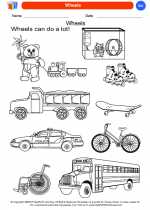Colors
Colors are all around us and play a significant role in our daily lives. Understanding the concept of colors is essential for young learners as it helps them to recognize and differentiate between different objects, express themselves, and understand the world around them.
Primary Colors
There are three primary colors: red, blue, and yellow. These colors are the building blocks for all other colors. They cannot be created by mixing other colors together.
Secondary Colors
When you mix two primary colors together, you get three secondary colors: green (blue + yellow), orange (red + yellow), and purple (red + blue).
Tertiary Colors
When you mix a primary color with a secondary color, you get six tertiary colors, such as red-orange, yellow-orange, yellow-green, blue-green, blue-purple, and red-purple.
Warm and Cool Colors
Colors can also be categorized as warm or cool. Warm colors, like red, orange, and yellow, evoke a sense of warmth and energy. Cool colors, like blue, green, and purple, create a calming and soothing effect.
Color Wheel
The color wheel is a visual representation of how colors relate to each other. It helps to understand color relationships, such as complementary colors (colors opposite each other on the wheel), analogous colors (colors next to each other on the wheel), and more.
Activities for Learning about Colors
- Sorting objects by color
- Mixing primary colors to create secondary colors
- Creating a color wheel using different art materials
- Identifying colors in the environment
Understanding colors is not only important for art and design but also for various scientific and real-world applications. Encouraging young learners to explore and experiment with colors can help develop their creativity and cognitive skills.
.◂Science Worksheets and Study Guides Kindergarten. Pushing, Moving, Pulling
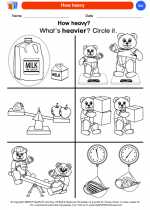
 Coloring Worksheet
Coloring Worksheet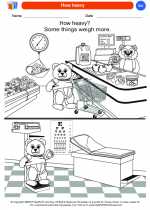
 Coloring Worksheet
Coloring Worksheet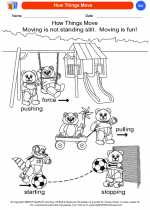
 Coloring Worksheet
Coloring Worksheet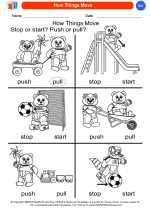
 Coloring Worksheet
Coloring Worksheet
 Coloring Worksheet
Coloring Worksheet
 Coloring Worksheet
Coloring Worksheet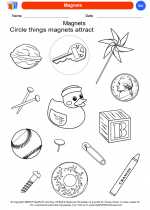
 Coloring Worksheet
Coloring Worksheet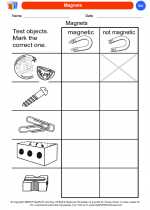
 Coloring Worksheet
Coloring Worksheet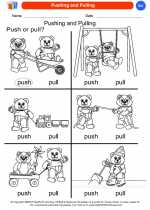
 Coloring Worksheet
Coloring Worksheet
 Coloring Worksheet
Coloring Worksheet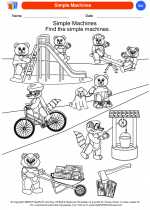
 Coloring Worksheet
Coloring Worksheet
 Coloring Worksheet
Coloring Worksheet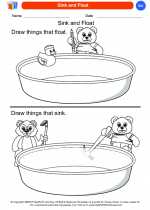
 Coloring Worksheet
Coloring Worksheet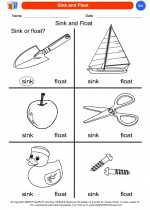
 Coloring Worksheet
Coloring Worksheet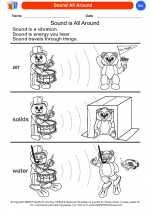
 Coloring Worksheet
Coloring Worksheet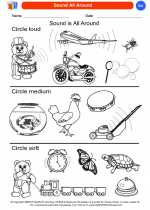
 Coloring Worksheet
Coloring Worksheet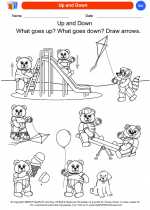
 Coloring Worksheet
Coloring Worksheet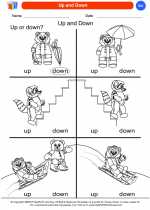
 Coloring Worksheet
Coloring Worksheet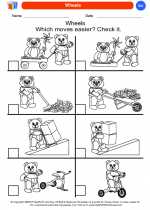
 Coloring Worksheet
Coloring Worksheet